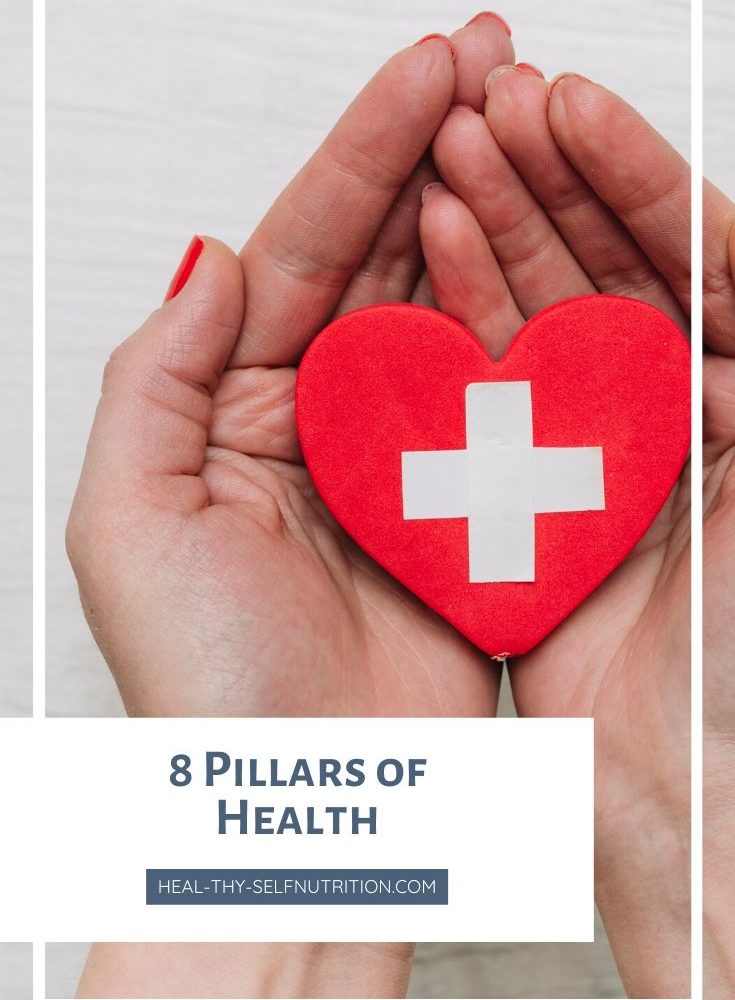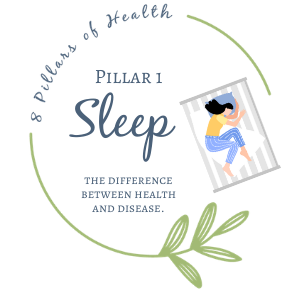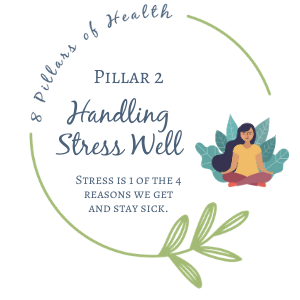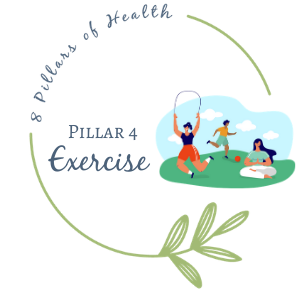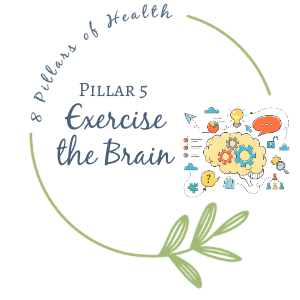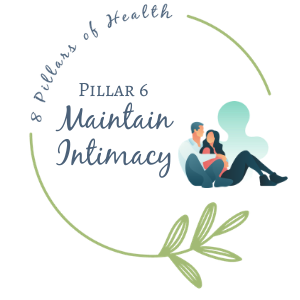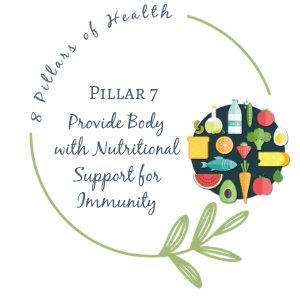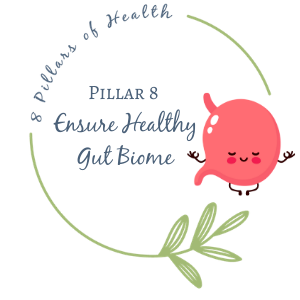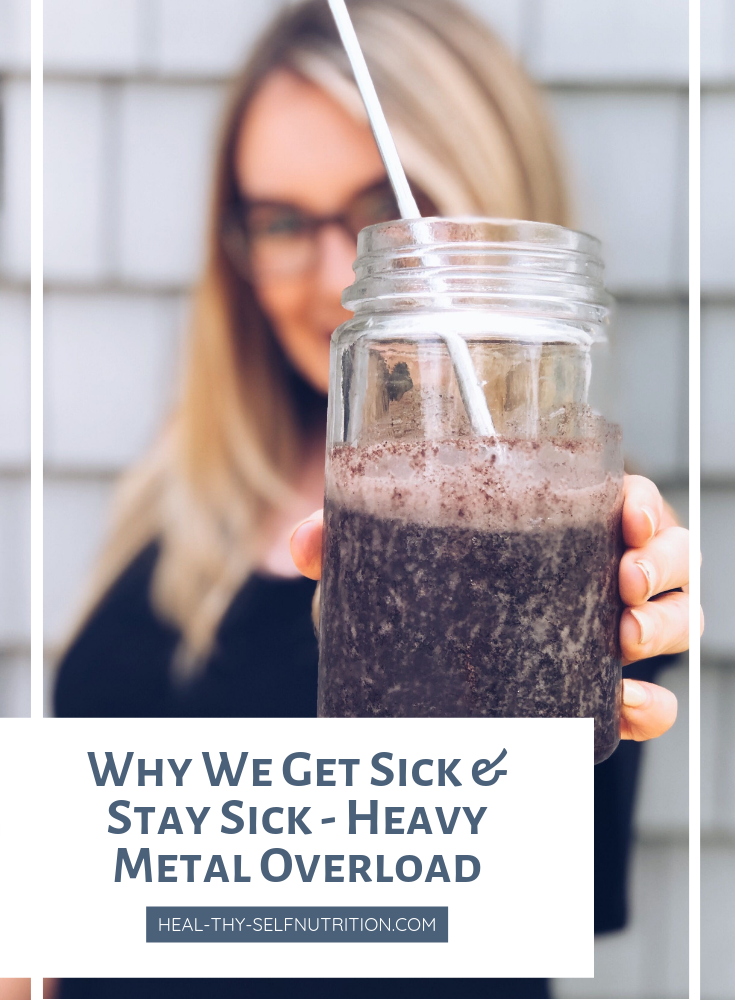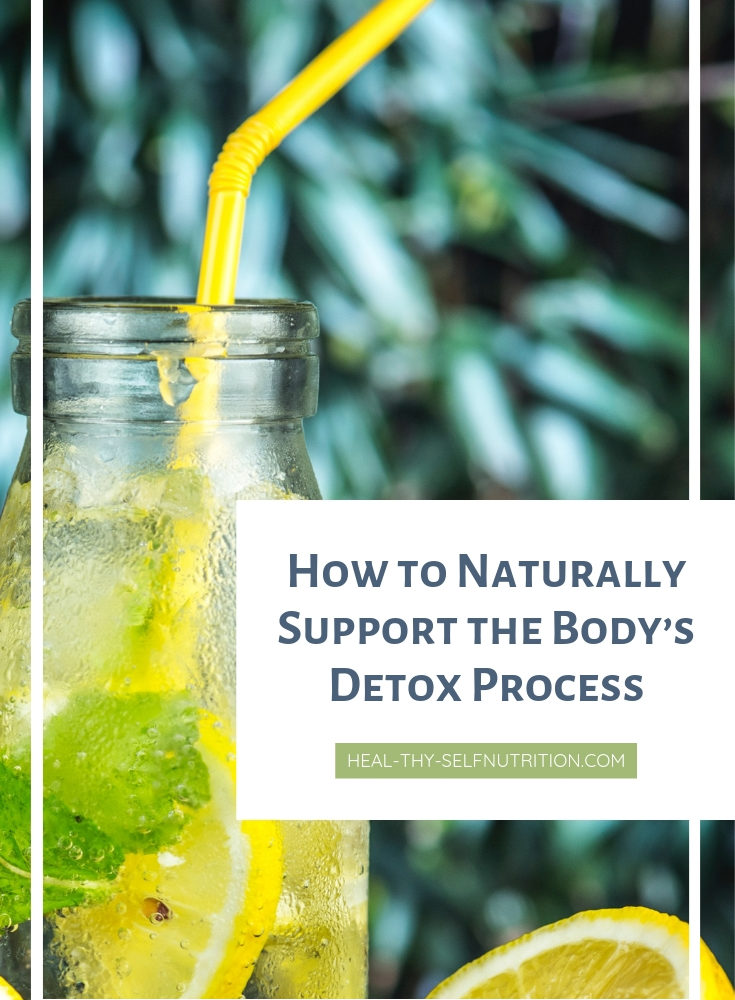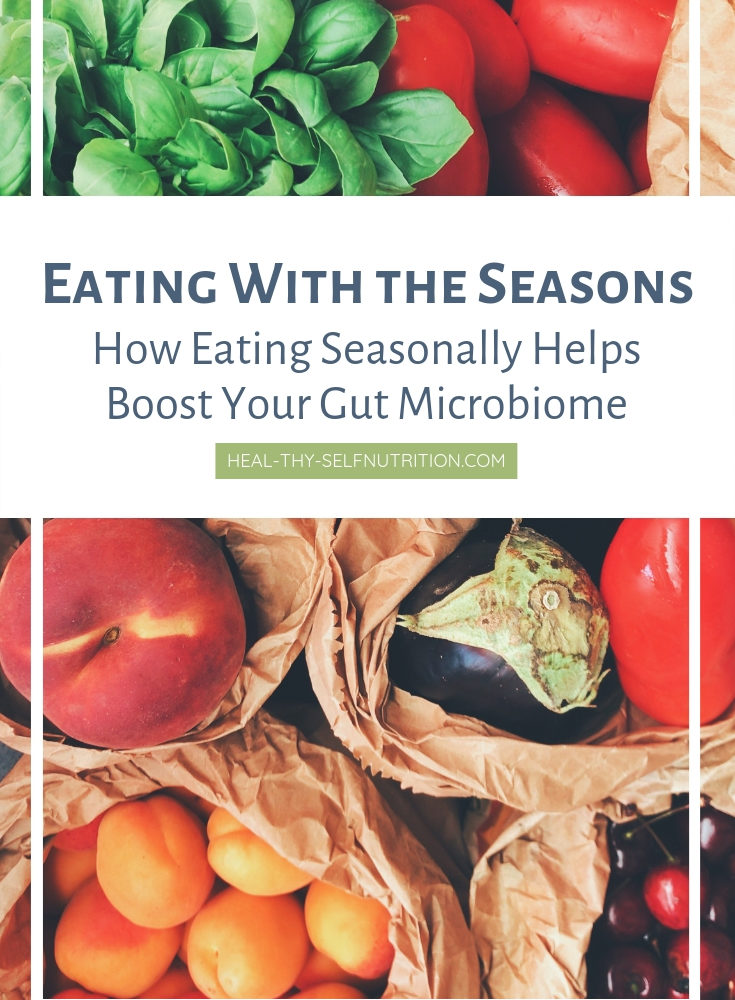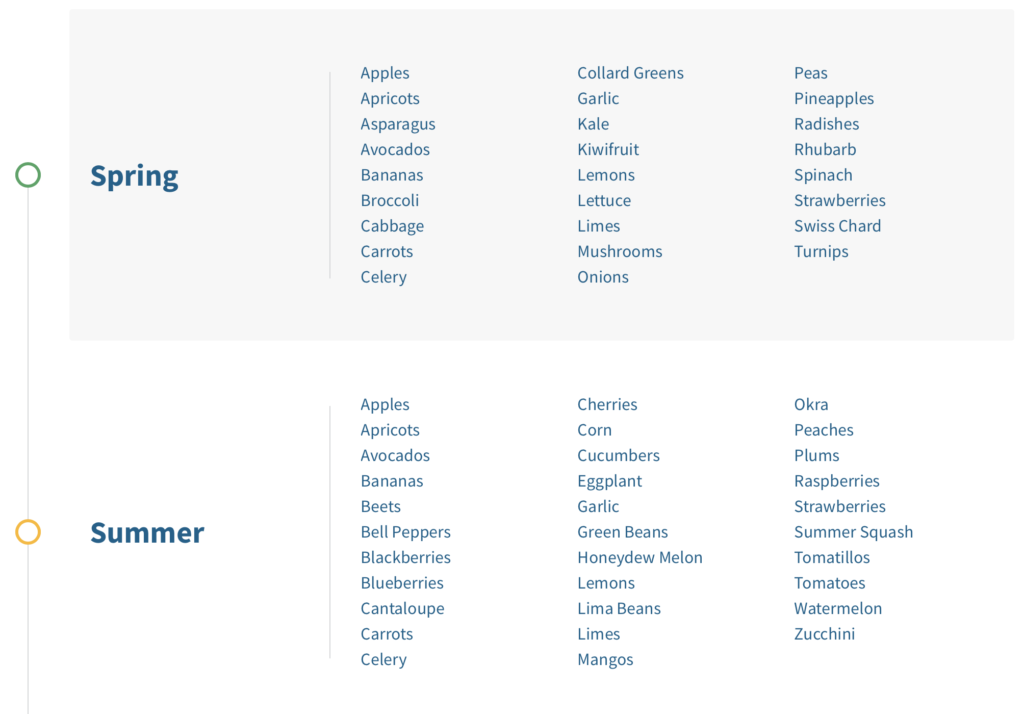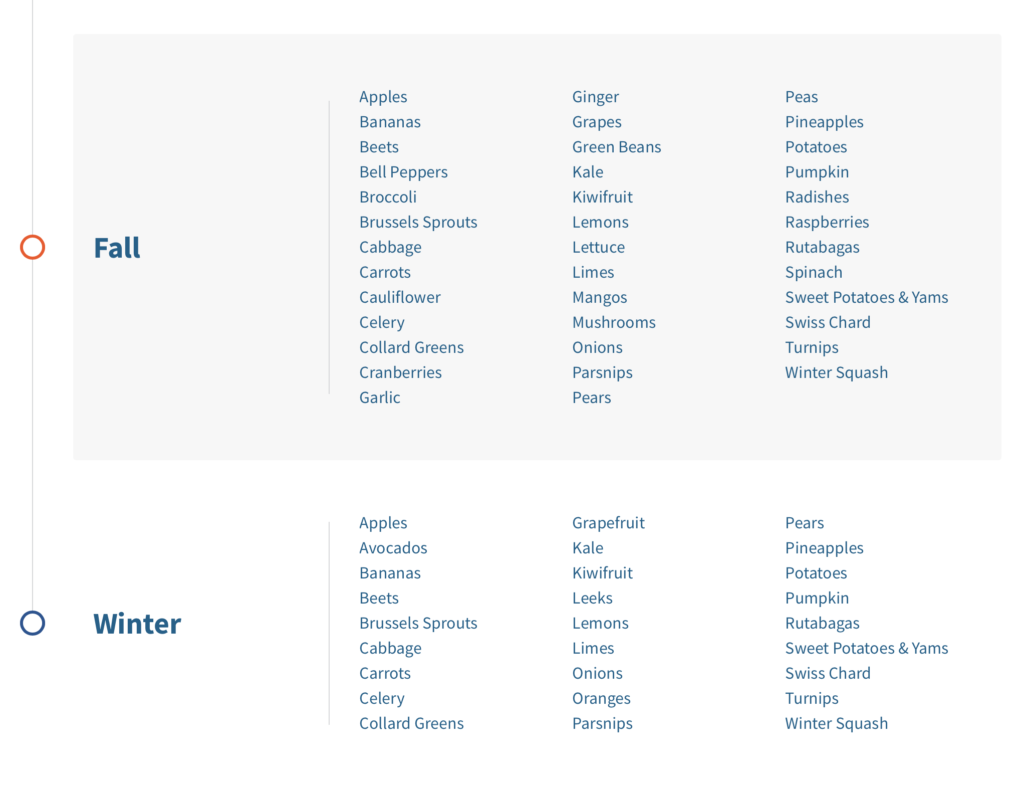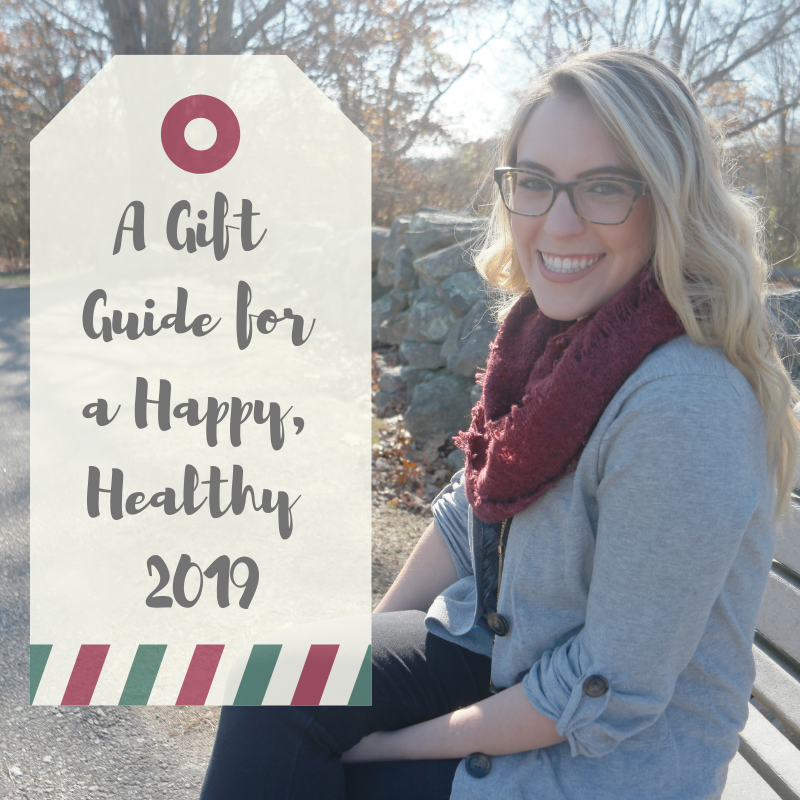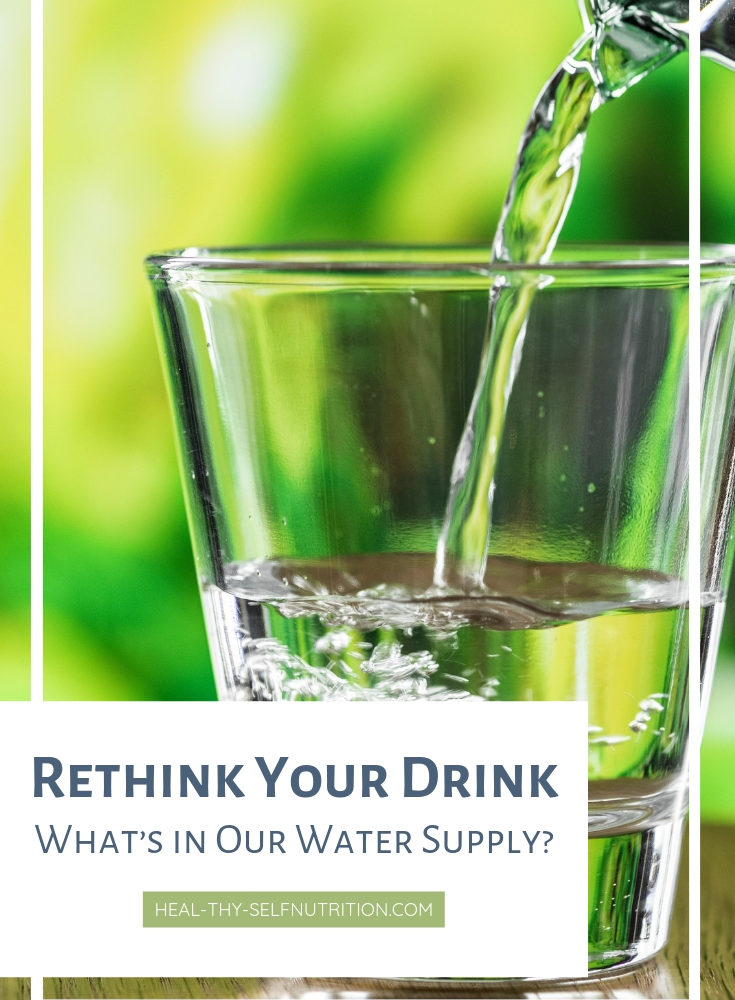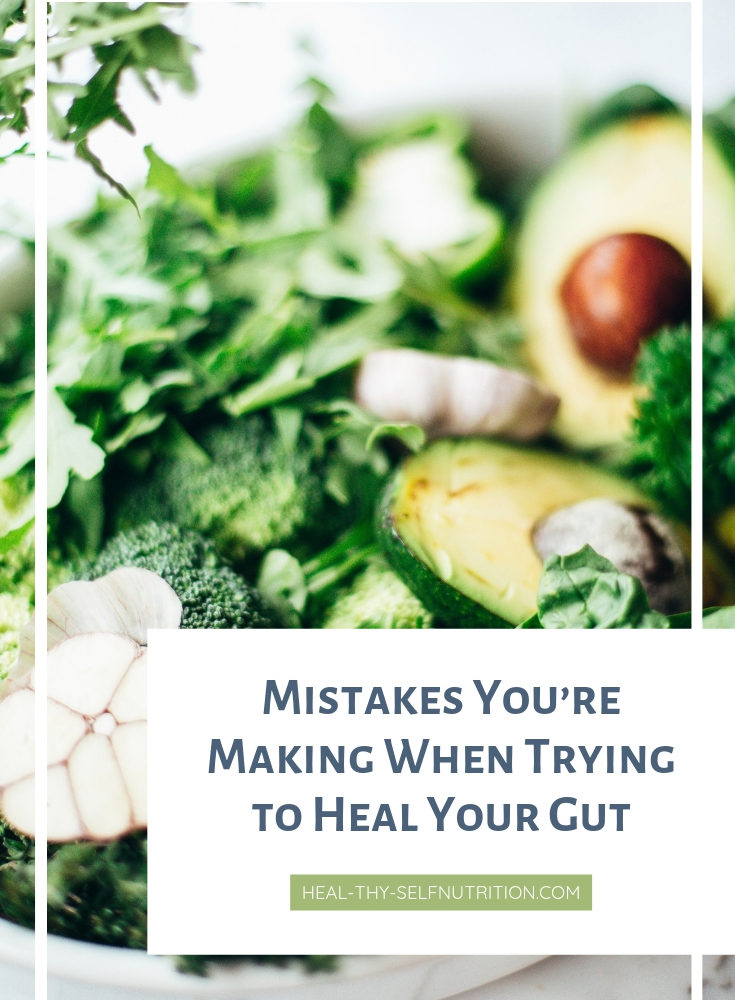It’s crazy – I say that the detox process is crazy because we live in a completely different world than even a decade ago. Today, the detox process requires more focus on filling up on the good stuff and getting rid of the bad stuff. Just for our daily support, it is necessary to combat…(Read More)
Healthy eating while traveling? You may think it’s difficult to do because you can’t have the same healthy meals you cook at home. Now that your bags are packed, all shoes, jewelry, children are accounted for, you double-checked if your toothpaste is in the bag, everything is set. That’s what you…(Read More)
If you’ve been online recently, you’ve seen the blow up of this bright green drink only to realize its juiced celery. Spoiler alert: it’s kind of old news, we’ve been using it in practice for decades. Did you know there was a celery soda made in the 60’s to help…(Read More)
2018 was an amazing year. It was a year of listening to stories, connecting the dots, and walking the journey towards optimal health with small, manageable changes that yielded HUGE results. Many of my patients have gotten off medication they were told they’d be on for life. That is life.changing. Both physically and…(Read More)
Somehow it’s the Christmas season again!? Once we’ve wrapped our heads around that crazy fact, it’s time to start thinking about what we’ll be wrapping up for our friends and family this year. I know the things that line the checkout line of TjMaxx are always calling your name (I’m…(Read More)
In an effort to optimize our environment, the things we ingest and experience daily, we cannot neglect taking a look at our water supply and investing in a quality water filter system. Why Do We Need Water Filter? Tap water is treated with a large number of chemicals. This is done in order to kill…(Read More)
I know you’re trying to heal your gut. You’re trying to eat as best as you can. Perhaps you’ve given up some of your comforting foods in an effort to relieve your symptoms. Maybe you’ve tried a handful of supplements. Yet still, the symptoms are there. You continue to be bloated…(Read More)
